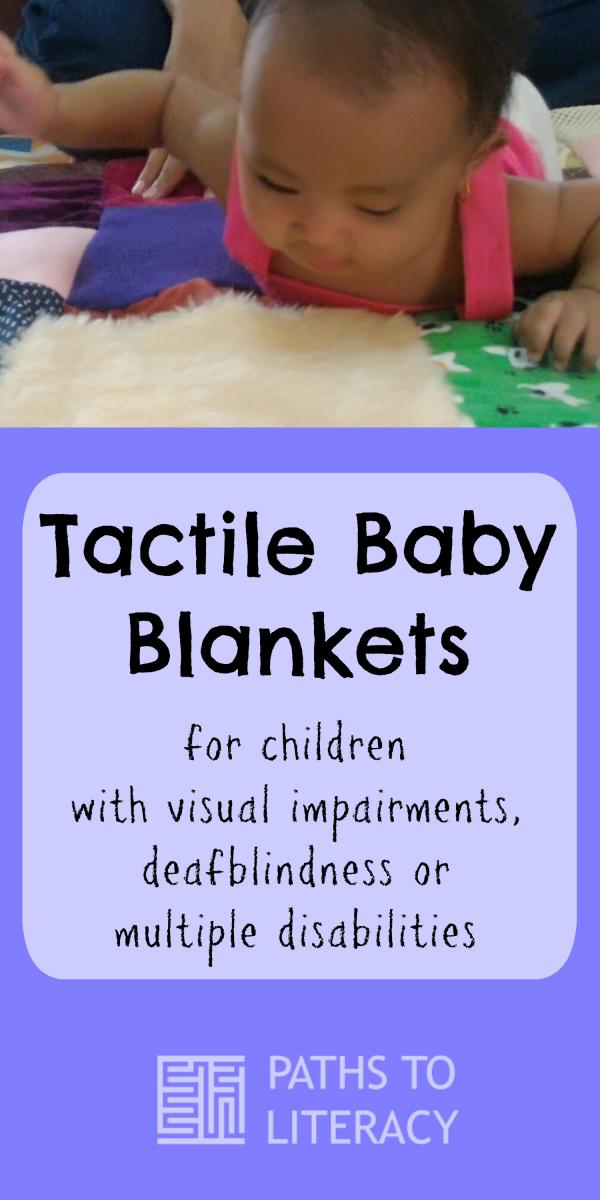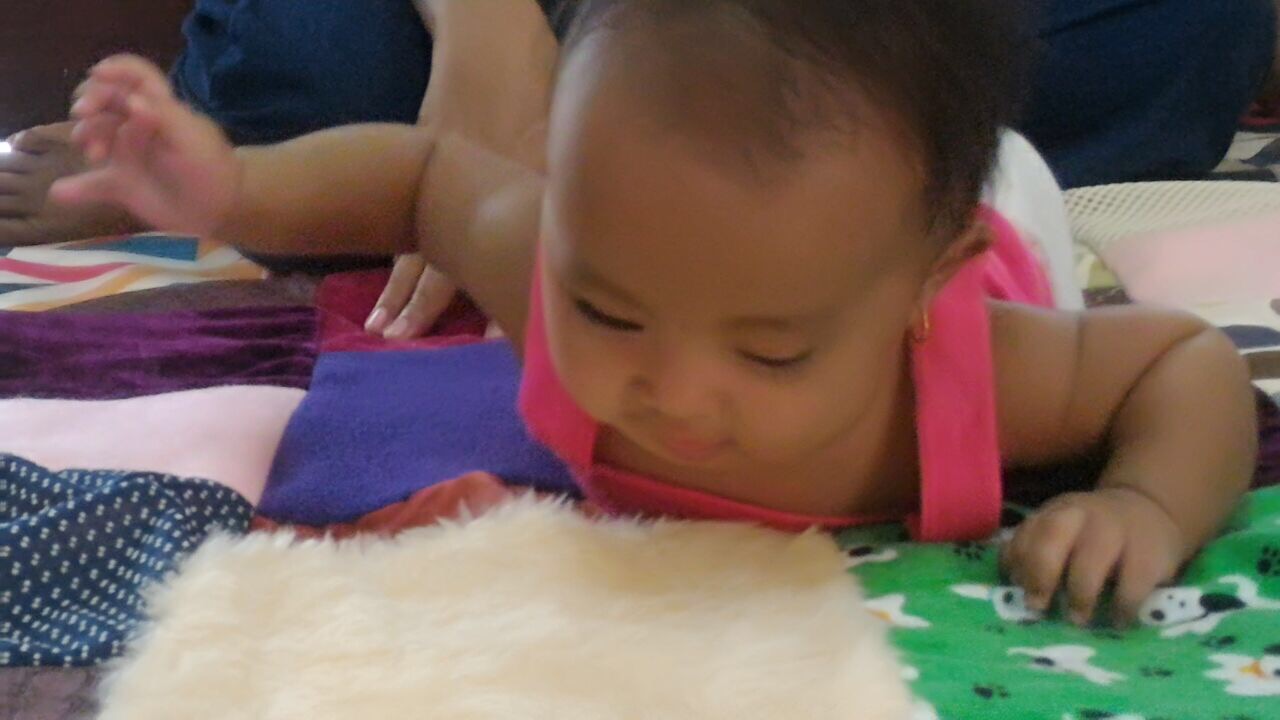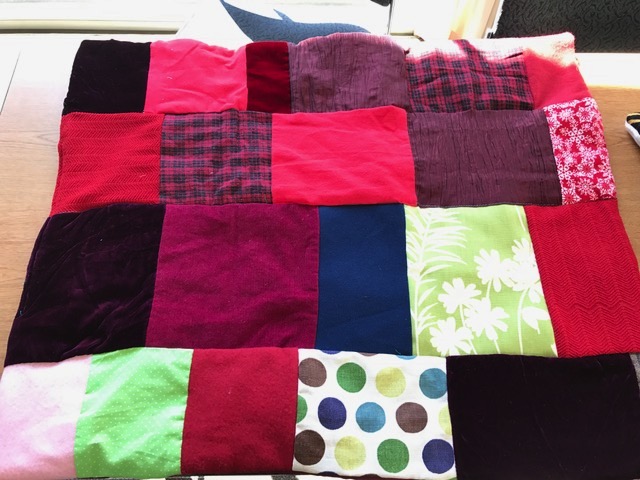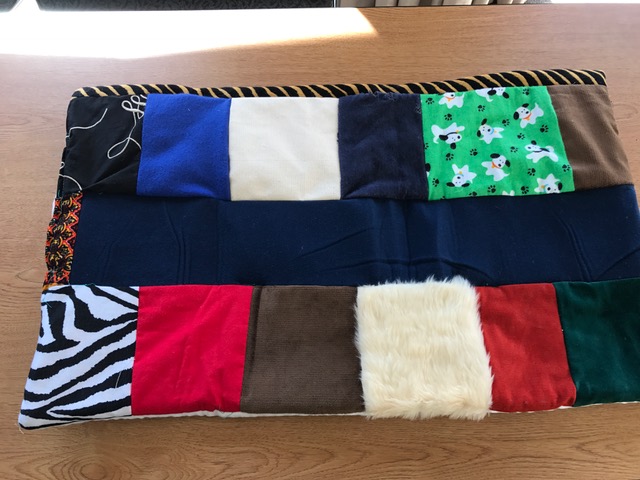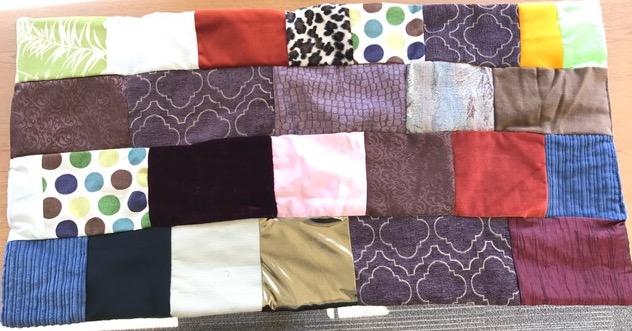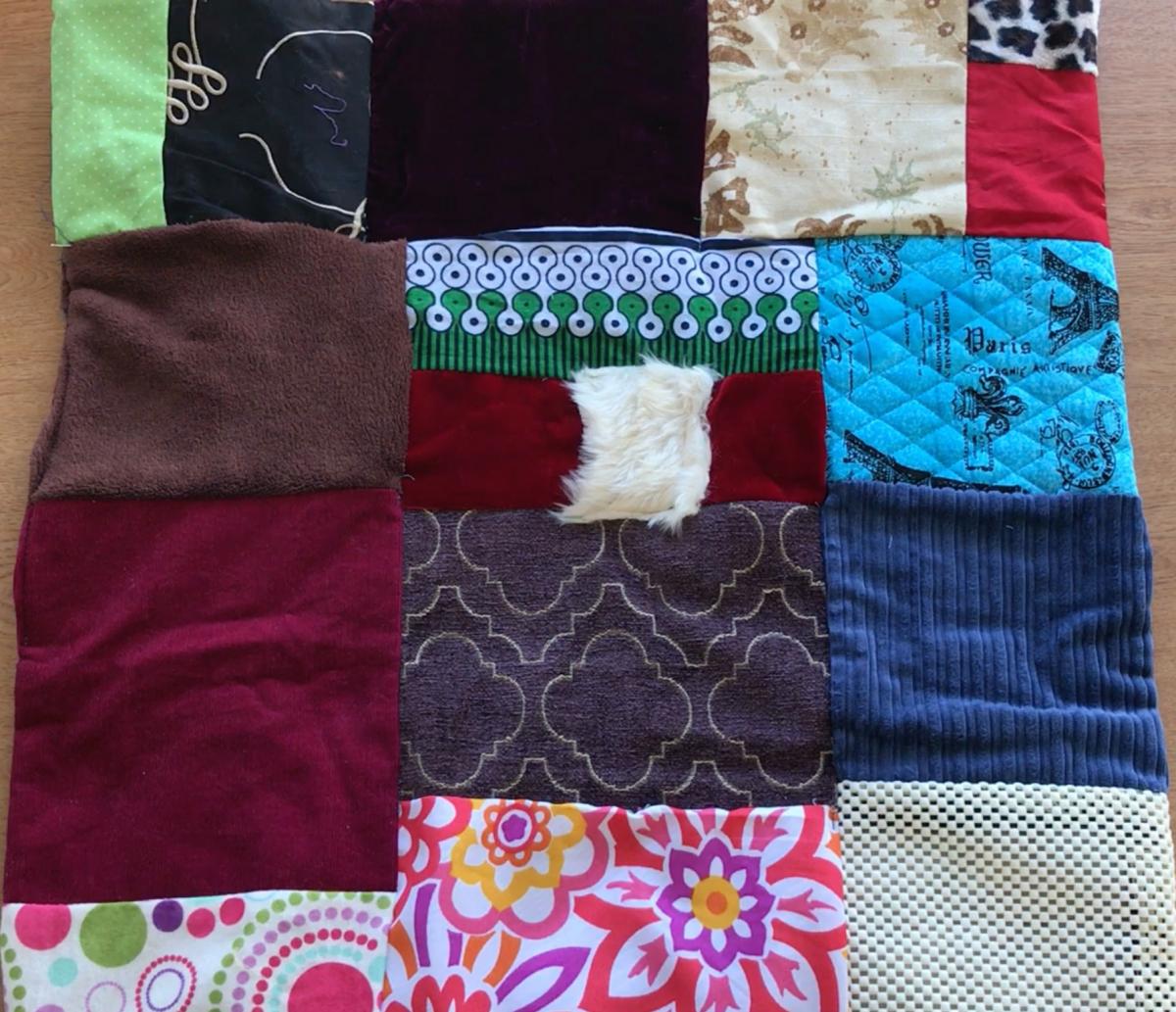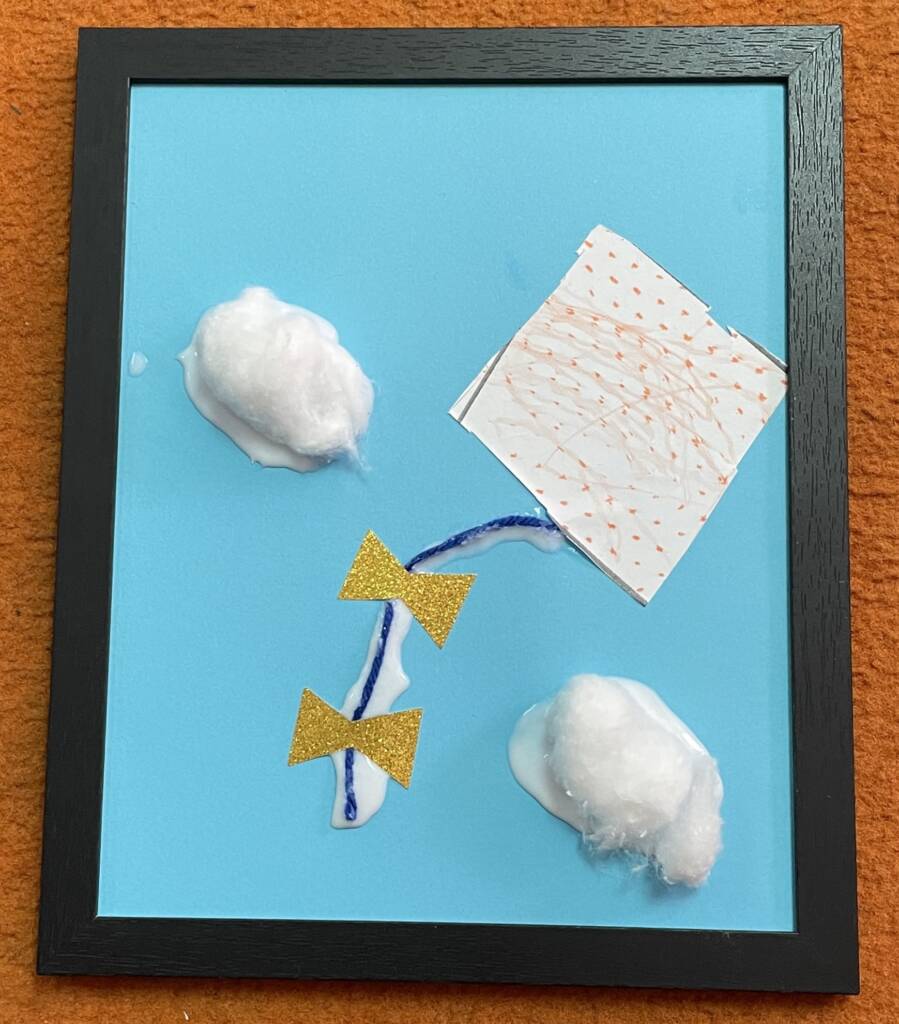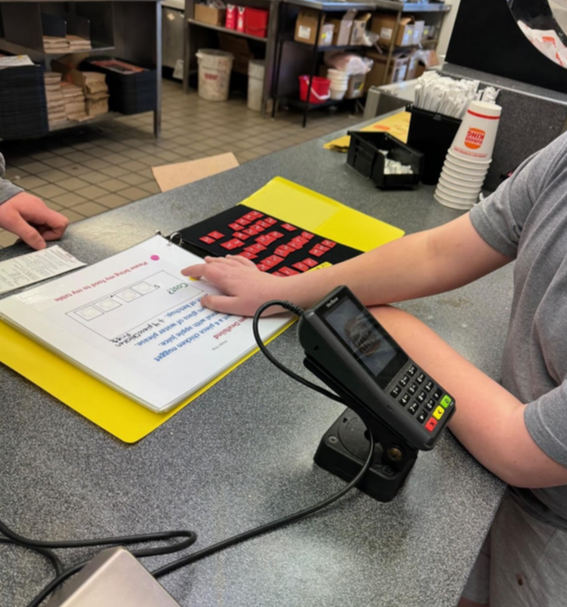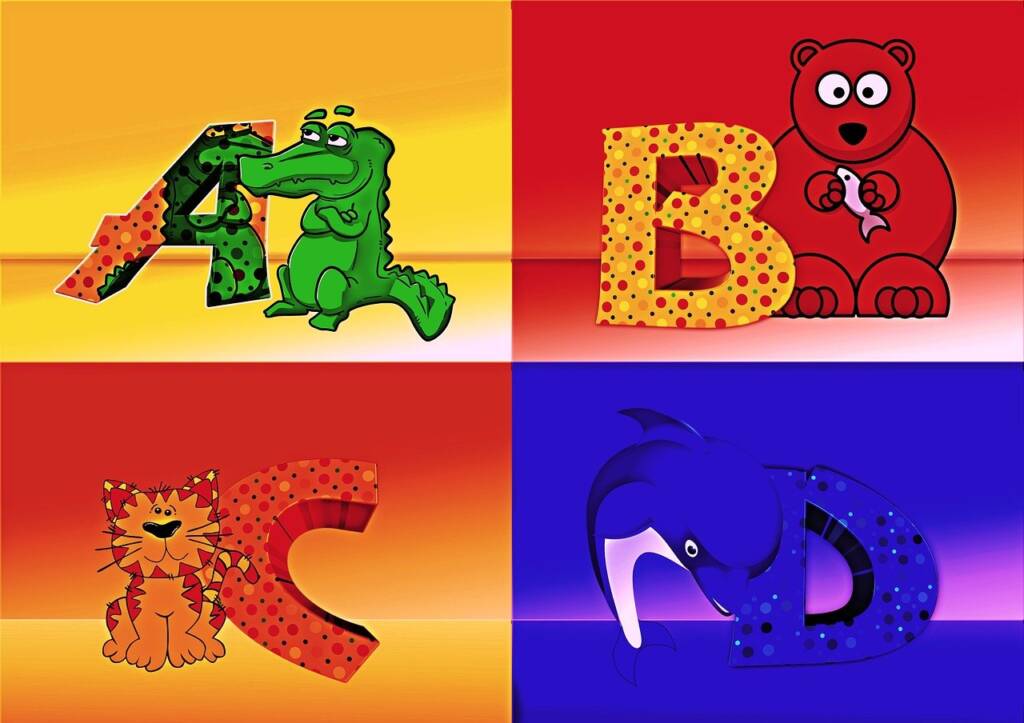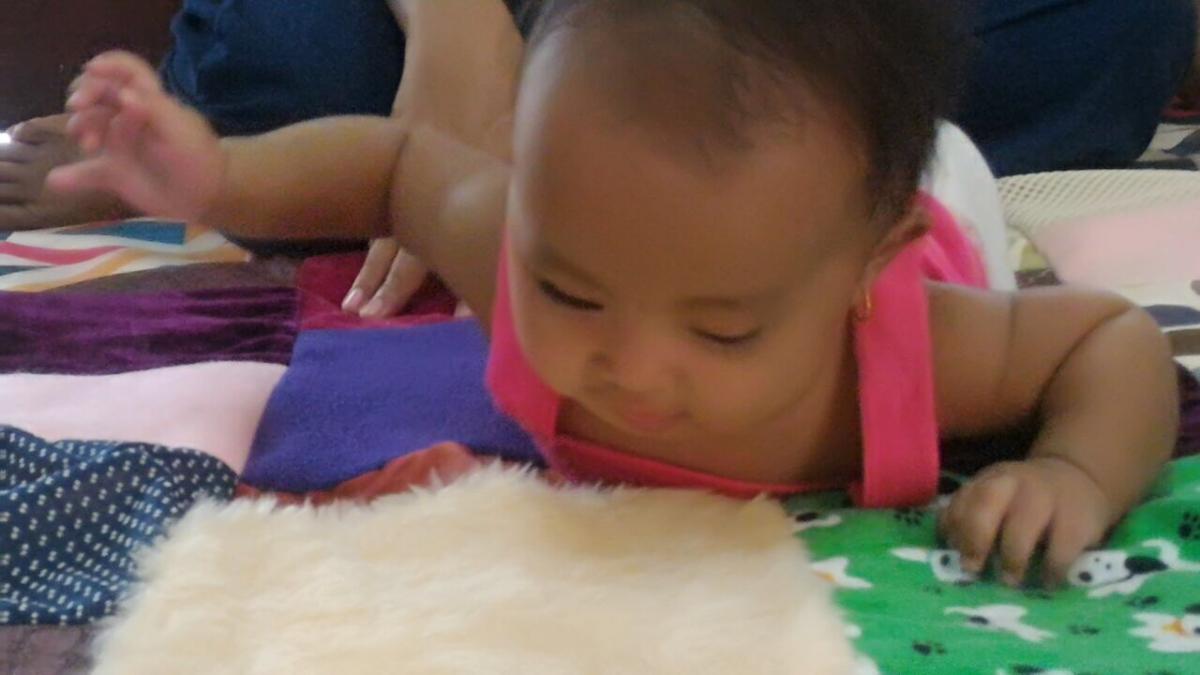 Tactile baby blankets or quilts are a wonderful way to encourage exploration among our youngest children who are blind or visually impaired, including those with multiple disabilities or deafblindness. Presenting the child with a variety of tactile elements encourages exploration and promotes a baby’s cognitive development. While tactile blankets may not seem to be related to literacy, they can help babies with visual impairments to develop important motor skills, as well as an understanding of basic concepts, which are at the foundation of literacy.
Tactile baby blankets or quilts are a wonderful way to encourage exploration among our youngest children who are blind or visually impaired, including those with multiple disabilities or deafblindness. Presenting the child with a variety of tactile elements encourages exploration and promotes a baby’s cognitive development. While tactile blankets may not seem to be related to literacy, they can help babies with visual impairments to develop important motor skills, as well as an understanding of basic concepts, which are at the foundation of literacy.
You can also use a tactile blanket to observe what textures and colors the child is interested in, a simple form of assessing what the child is interested in. It may take awhile for the child to allow their hands, feet or cheeks to touch the texture, but all of these opportunities develop interest, use of hands, tactual awareness and cognition.
Design
Ideally blankets should be designed to suit the individual needs and interests of a specific child. Considerations such a child’s preferred color (which is especially important in children with cortical visual impairment or CVI) can be taken into account. Some children strongly prefer different types of textures or, conversely, are reluctant to touch certain textures. While all items that are attached to a blanket should be very sturdy, care should also be taken with small items which may be a choking hazard.
Blankets can be a collaborative project, with help and input from the family, TVI, Early Intervention Specialist, Occupational Therapist and any other members of the team.
Specifications
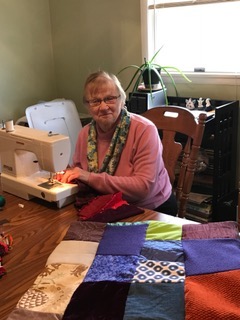
The blankets shown here were made by my mother, who is a retired nurse. She has been sewing all her life, and started sewing the blankets during the last 5 years. She learned that there was a need for them and she wanted to help meet that need. She lives in Pennsylvania and sends the blankets to me when she’s finished. At first we distributed them to TVIs working in early intervention, but now we share them with Perkins International, where they have caught on around the world.
- Blankets measure three feet by two feet. (This is the size of an infant to lie on our hold on their lap.)
- One side of the blanket should be a SOLID color. (This provides good contrast for toys or other items placed on it.)
- Variety of colors and textures should be added to the other side. This may include corduroy, velvet, flannel.
- Small, but sturdy items can be sewn onto the textured side, such as an empty spool of thread on a sturdy piece of string, a plastic scrubby, a pocket with something inside (like a small teddy bear).
- Materials that make sound can be attached, such as mylar crinkle paper, small bells or other items of interest to the child.
- Materials may be donated or recycled (e.g. fabric stores may be willing to donate scraps or old outfits that the child has outgrown can be repurposed)
- The amount of time needed to make a blanket will depend on the skills of the seamstress, as well as how many additional items are attached. Pat Jacobs makes several at once and says that it takes her about an hour for each one.
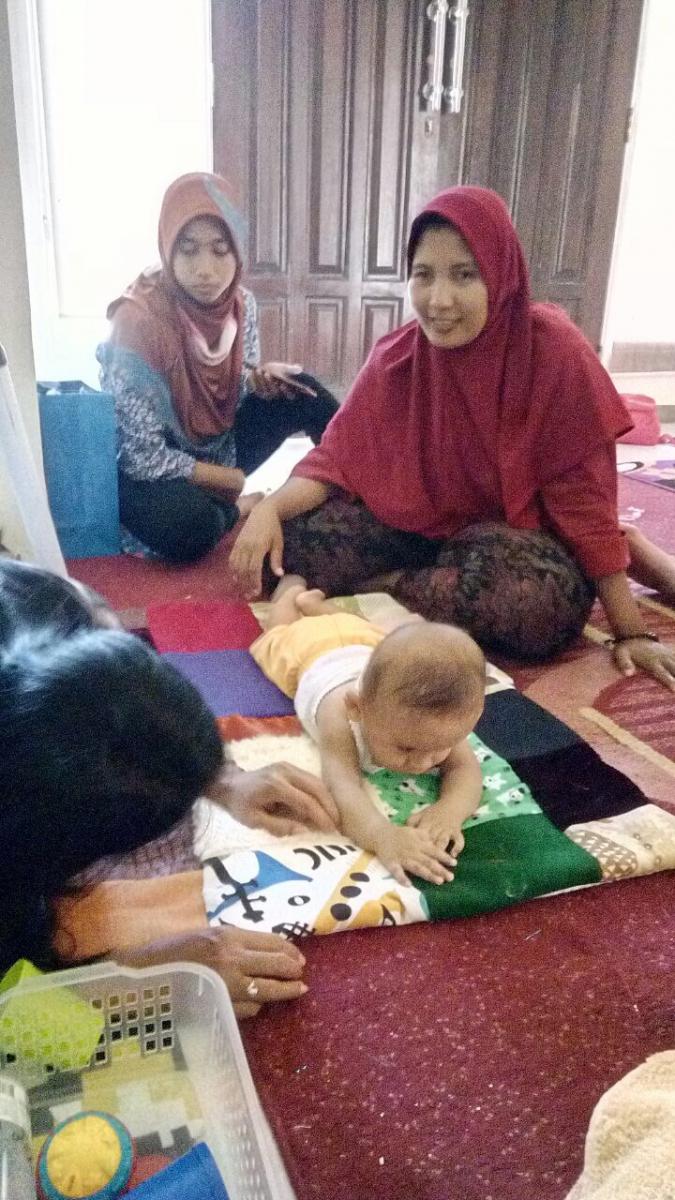
Using the Blanket
- The blanket can be used with the baby in different positions, such as on the stomach or back, or sitting up.
- The baby’s socks can be removed, to explore with feet and toes.
- As babies begin to explore, they realize that their hands can give them a lot of information.
Skills Addressed Through Tactile Blanket
- tactile exploration
- gross motor skills (e.g. rolling over, kicking, head control)
- visual scanning
- auditory localization
- fine motor skills (e.g. raking, grasp and release, pincer grasp)
- categorization and concept development (smooth, rough, scratchy, loud)
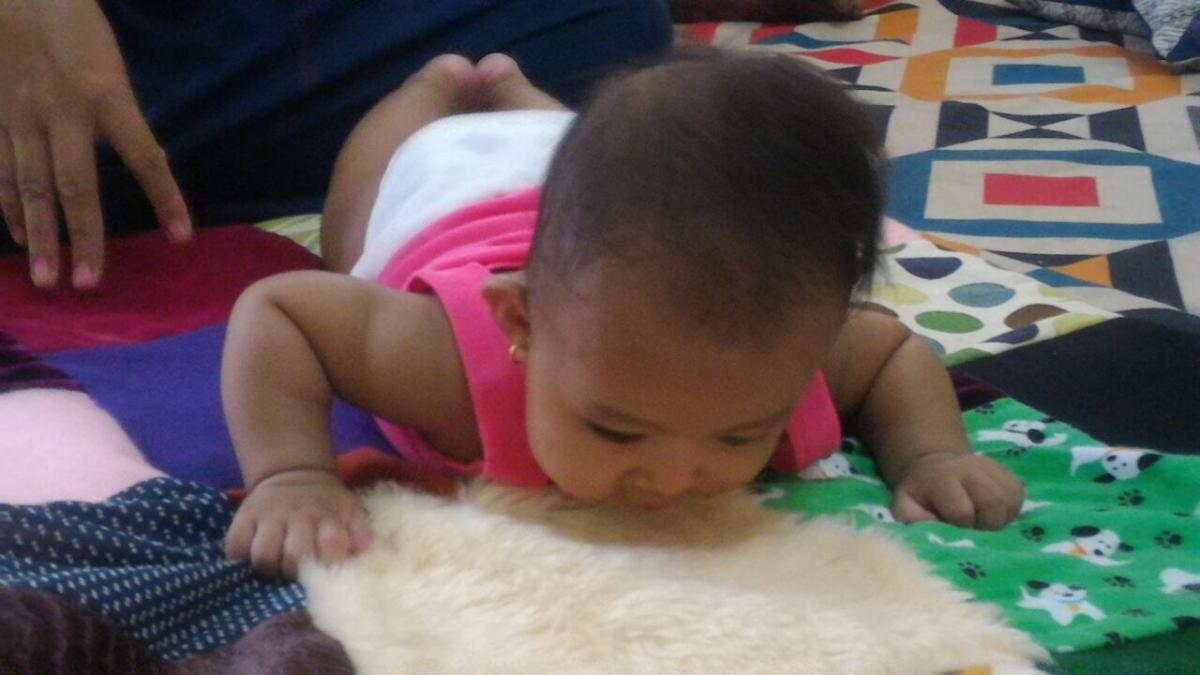
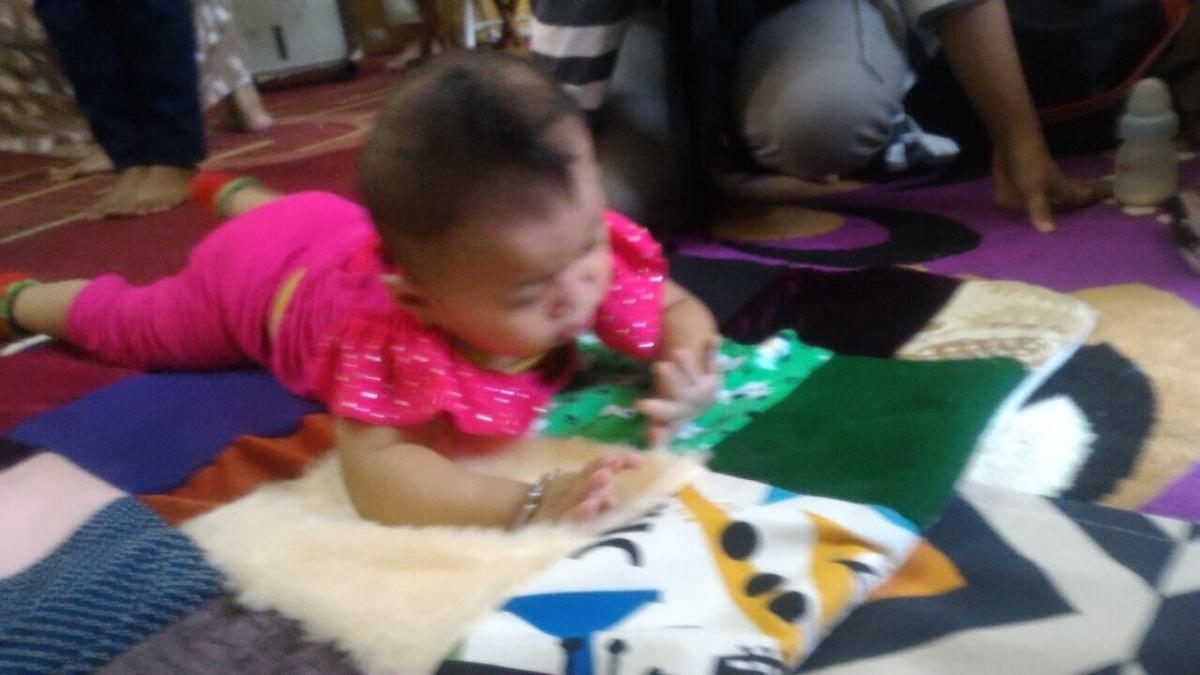
The babies pictured in the photos above are developing head strength and neck control while exploring different textures.
The important thing to remember is that there is no single right way to make a blanket. Think about what the child is interested in and what skills you are hoping to promote. Then use your imagination and put your creativity to work!
